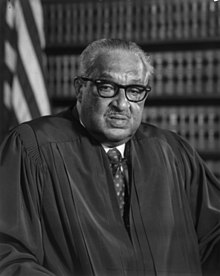The Nomination and Confirmation Process, from  Georgetown Law
Georgetown Law
The Role of the Senate
The role of the Senate in the confirmation process is defined in the Constitution. Article II, Section 2 provides that the President “shall nominate, and by and with the Advice and Consent of the Senate, shall appoint high government officials.”

Chief Justice John Roberts Opening Statement at his Confirmation Hearing, September 29, 2005
Explanation of how Judges and Justices are chosen

Video about Sandra Day O'Connor (Above): The first female supreme court justice.
- Since the Supreme Courts inception in 1789, 110 out of the 114 judges have been male
- For nearly the first 180 years of the court, almost all judges were white male protestants
- The first Jewish judge appointed was Louis Brandeis in 1916
- The first African-American appointed was Thurgood Marshall in 1967, the only other African-American to serve the supreme court was Clarence Thomas
- The first women appointed was Sandra Day O'Connor in 1981. Other female Supreme Court Justices include Ruth Bader Ginsburg, Elena Kagan, and Sonia Sotomayor.
- The first Italian American appointed was Anthony Scalia in 1986
- The first hispanic women appointed was Sonia Sotomayor in 2009
iCivics Lesson Plans, Games, and Simulations about Supreme Court Nominations and Confirmation.
Ted-ED talk about how Supreme Court Justices are appointed.
First African-American Supreme Court Justice Thurgood Marshall (1967-1991)

Thurgood Marshall Educational Cartoon
NPR: Thurgood Marshall's role in Brown v. Board of Education (Thurgood Marshall was a lawyer in this case, before he became a Supreme Court Justice)
Comments (0)
You don't have permission to comment on this page.